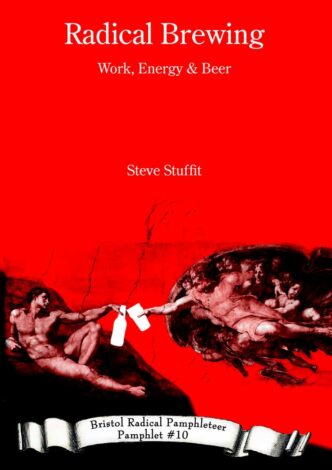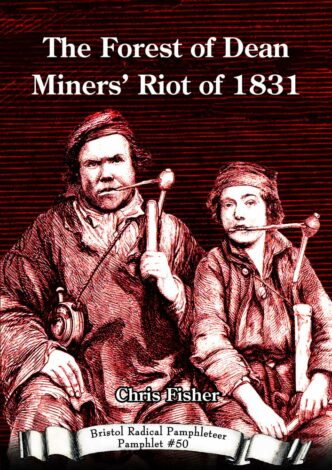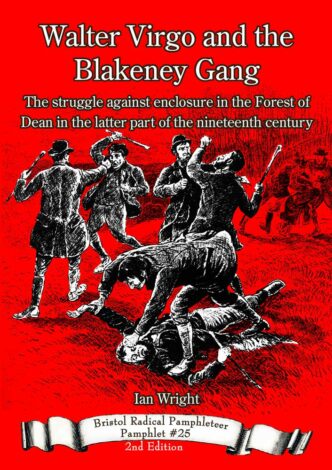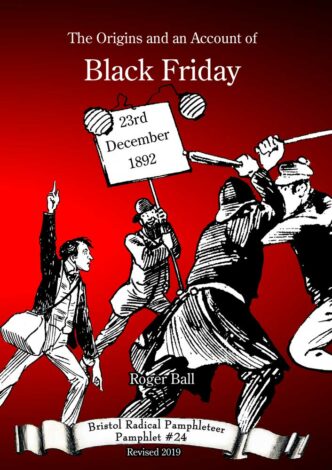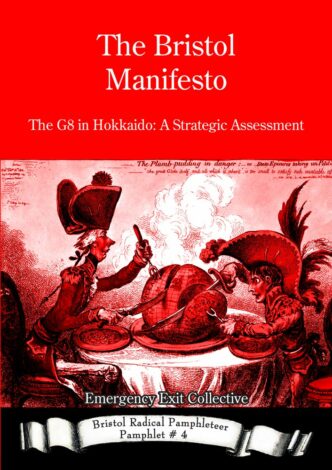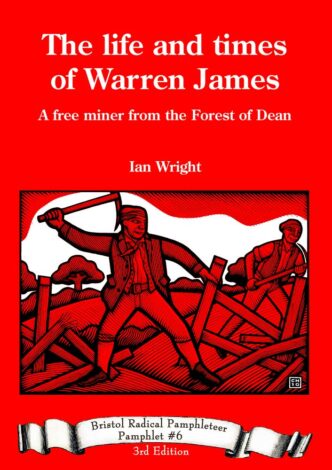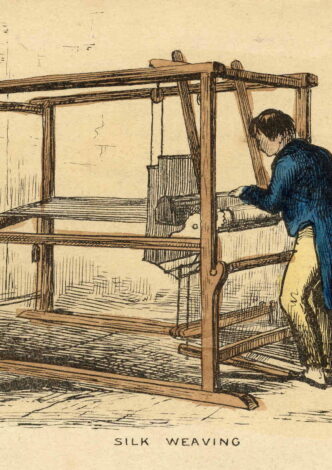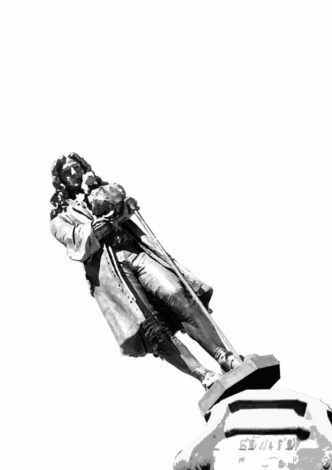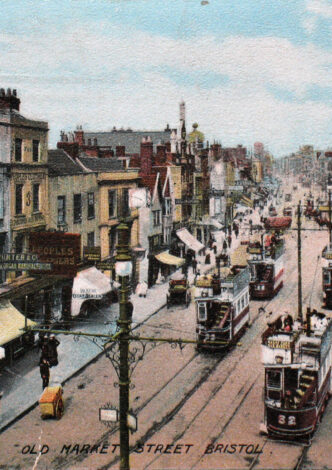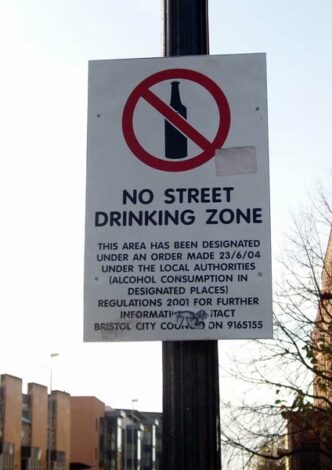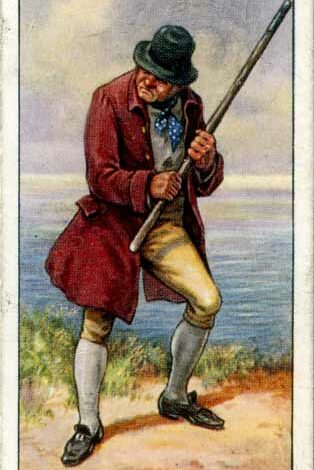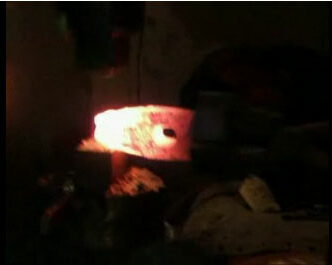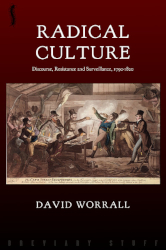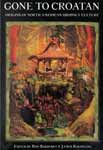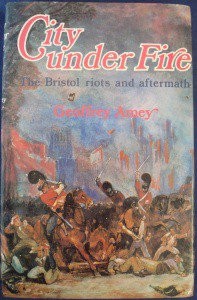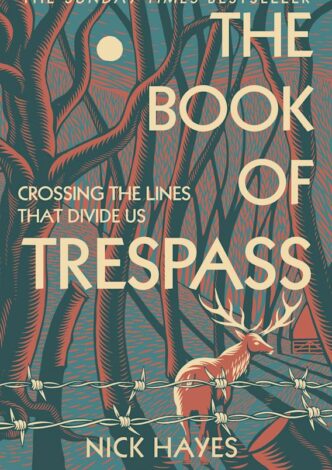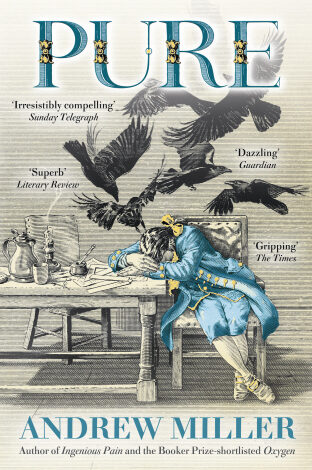The idea is simple enough: to investigate the area of London known as Alsatia, and other similar ‘outlaw’ areas, their history, context and meanings. There are many tantalising references, but nothing substantial on the subject, so it offers challenges and rewards.
Of course, I could just do some searching, some reading, and perhaps write an article or suchlike. But keeping track of all the fragments, questions and resonances requires some organization, and that in turn requires some tools.
…
In the seventeenth century, there existed, just outside the walls of the City of London, in the ward of Farringdon Without, from Fleet Street down to the banks of the Thames, between the Temple and St Brides, an area famed and feared for its lawlessness. This was the ‘sanctuary’ or ‘liberty’ of Whitefriars, colloquially known as Alsatia, named after Alsace, then undergoing the depredations of the Thirty Years War.
Following the dissolution of the Carmelite order that gave Whitefriars its name, the jurisdiction of this territory had become unclear. Ownership was uncertain; the authorities responsible for the area after the reformation ill-defined; and the entitlements attached to the monastery may not have disappeared with the monks. Most importantly, the right of ‘sanctuary’ was still a part of the law, and this area could still apparently grant immunity from arrest.
